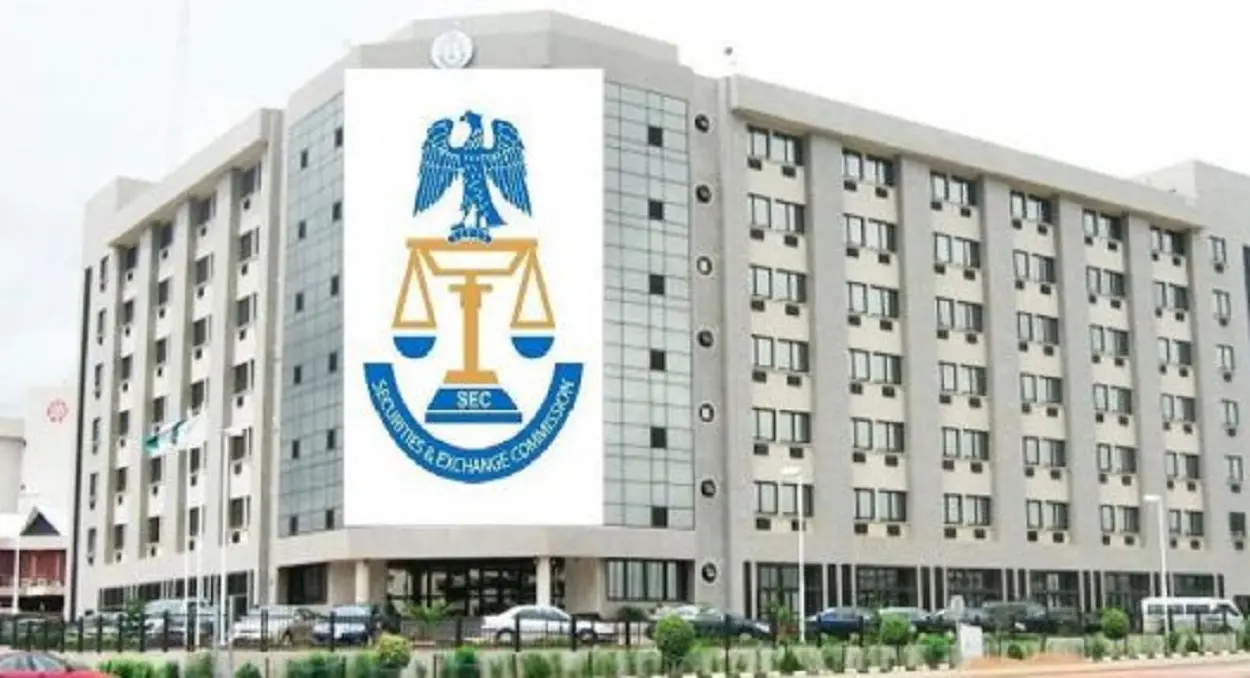IBM has announced the launch of its latest mainframe hardware, the IBM z17, as part of its efforts to deepen artificial intelligence adoption across industries.
The new system, revealed on Monday, is designed to handle over 250 AI use cases, including generative AI and AI agents, and features a range of upgrades aimed at maximizing performance and efficiency.
Powered by the new IBM Telum II processor, the z17 boasts the ability to execute 450 billion inference operations daily — a 50% increase from its predecessor, the IBM z16, launched in 2022. It also supports seamless integration with other hardware, software, and open-source tools, making it a flexible choice for large-scale enterprise deployments.
Though mainframes are often seen as relics of the past, they remain a backbone of global business infrastructure. Today, 71% of Fortune 500 companies rely on mainframes, with the market valued at $5.3 billion in 2024, according to Market Research Future.
Tina Tarquinio, Vice President of Product Management and Design for IBM Z, said the z17 has been five years in the making — well before the explosion of AI interest spurred by OpenAI’s release of ChatGPT in late 2022.
“We’re purposely building in AI agility,” Tarquinio told TechCrunch, adding that the system is prepared to support increasingly complex models. “The new models will come and go. It’s the approach that will evolve, and we’ve built in the headroom to support that evolution.”
The z17 will launch with 48 IBM Spyre AI accelerator chips, with plans to scale up to 96 chips within a year. IBM also emphasizes that the system is more energy-efficient than both its predecessor and competing platforms. On-chip AI acceleration is reportedly 7.5 times greater than before, while using 5.5 times less energy than comparable multi-model platforms.
IBM consulted over 100 customers and conducted more than 2,000 hours of research while developing the z17, ensuring its design aligned with emerging enterprise needs.
The IBM z17 will become generally available starting June 8.











